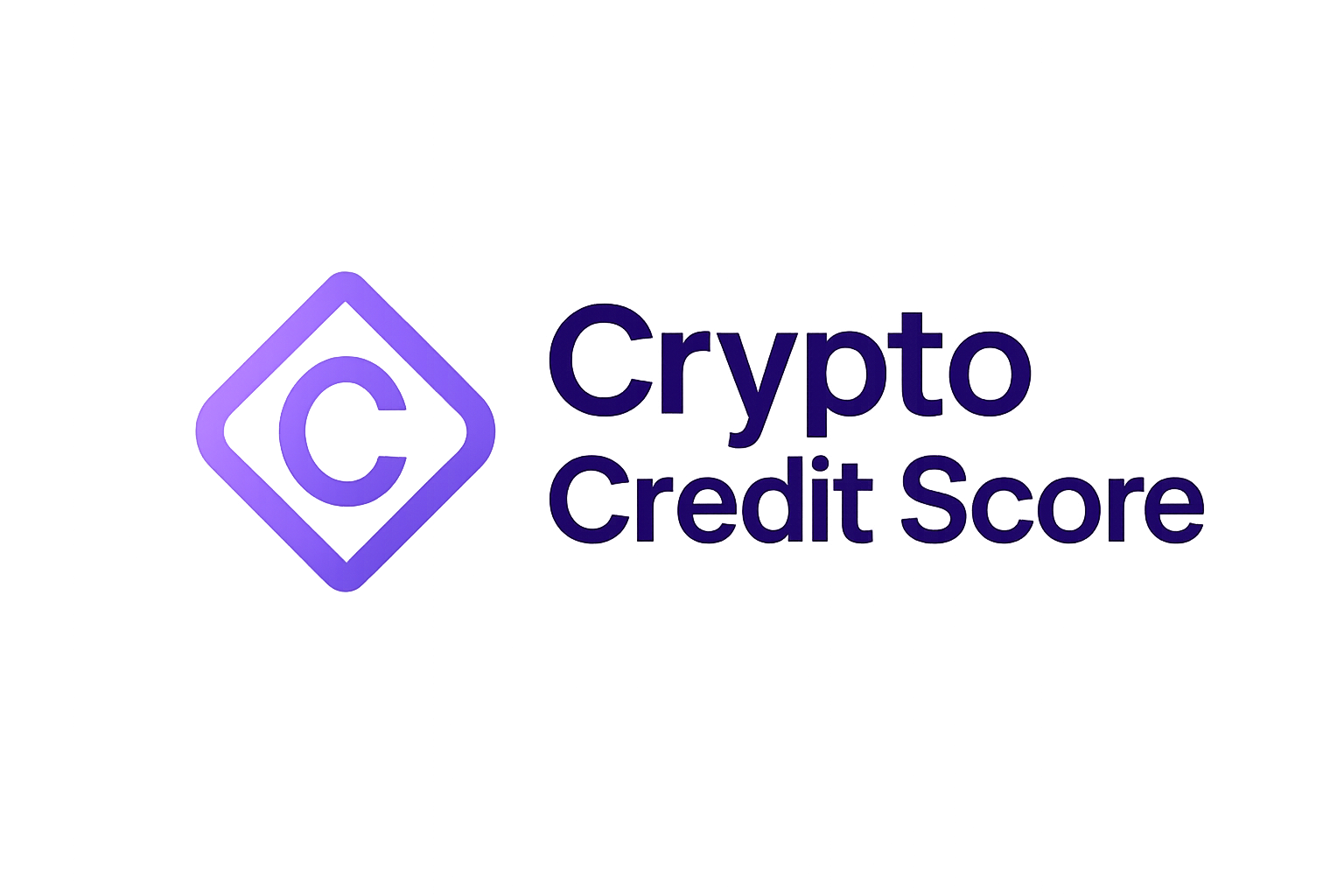
DeFi lending in 2025 is experiencing a seismic shift. The days of one-size-fits-all collateral requirements are fading fast, replaced by the precision and transparency of on-chain credit scoring. For years, the DeFi ecosystem was dominated by over-collateralized loans, locking up billions in idle capital. Now, with blockchain-based credit assessments going mainstream, protocols are unlocking new capital flows and empowering a broader range of users.

From Over-Collateralization to Smart Credit: The New DeFi Lending Paradigm
The core problem that stifled DeFi lending was simple: lack of trust. Without reliable credit data, protocols like Aave and Compound demanded 120% or more in collateral to back every loan. This kept risk low for lenders but excluded millions who lacked deep crypto reserves. Enter on-chain credit scores, dynamic assessments built from wallet history, transaction patterns, and smart contract activity. Suddenly, your blockchain reputation matters as much as your token balance.
In 2025, AI-powered models like those from RociFi and zScore are analyzing everything from stablecoin trades to past repayment behavior. The result? Lenders can finally differentiate between high- and low-risk borrowers without relying on centralized intermediaries or privacy-invasive data collection. According to recent data, under-collateralized lending pools are growing fast, offering loans to users with strong on-chain reputations at far lower collateral ratios than ever before. Read more about how risk scores power these pools here.
Major Initiatives Driving On-Chain Credit Scoring Forward
The momentum isn’t just theoretical, it’s backed by heavyweight partnerships and live deployments:
- Untangled Finance x Moody’s Ratings: In March 2025, Untangled Finance brought Moody’s institutional-grade ratings on-chain using zero-knowledge proofs. Now DeFi protocols can tap into verified off-chain credit data while preserving user privacy.
- Credora’s Blockchain Scores: By July 2024, Credora had integrated its scoring system into platforms like Clearpool and Obligate, giving investors real-time views of borrower risk profiles directly on the blockchain.
- AI-Powered Analytics: Tools like RociFi’s dynamic scoring engine process millions of wallet datapoints per day, generating up-to-the-minute risk grades that DeFi lenders use to adjust terms instantly.
This wave of innovation is making headlines for good reason: proponents predict trillions in new capital could flow into DeFi as risk management matures and mainstream finance bridges onto blockchain rails.
The Impact: Capital Efficiency Meets Financial Inclusion
The numbers speak volumes. As of Q1 2025, Aave alone boasts a Total Value Locked (TVL) north of $9.5 billion, offering APYs between 5%–10% for stablecoin lending pools depending on market conditions. Compound manages $2.1 billion in TVL, while MakerDAO locks up $5.4 billion in collateral, each platform integrating or piloting advanced on-chain risk models to sharpen their competitive edge.
This isn’t just about bigger numbers; it’s about smarter ones. With granular risk-based pricing now possible at scale, borrowers with strong reputations get better rates and lower collateral requirements; lenders enjoy improved protection against defaults without sacrificing speed or transparency.
If you want a deeper dive into how under-collateralized lending works, and why it matters for the next phase of crypto adoption, check out our full guide at this link.
What’s most exciting is how on-chain credit scoring is bridging the gap between DeFi and traditional finance. Institutional players, once wary of blockchain’s opacity, are now entering the space thanks to transparent credit assessments and integrations with legacy ratings agencies. Maple Finance, for example, has processed over $12 billion in loans with a 99% repayment rate by leveraging real-world credit data and on-chain analytics, a testament to how decentralized protocols can rival (and sometimes outperform) their centralized counterparts.
This evolution isn’t just technical, it’s deeply social. For the first time, users without access to traditional banking infrastructure can build a verifiable digital reputation simply by participating in on-chain activity. This means more people, regardless of geography or background, can access capital, start businesses, or weather financial shocks using nothing but a crypto wallet and an internet connection.
Risks and Challenges: Navigating the New Credit Frontier
Of course, new opportunities come with new risks. As dynamic risk models replace static collateral requirements, protocols must stay vigilant against manipulation and Sybil attacks (where one user masquerades as many). The use of AI-powered analytics helps detect suspicious patterns in real time, but governance frameworks and continuous auditing remain essential. Platforms that fail to adapt risk exposing lenders to unforeseen losses, reminding us that transparency does not always equal safety.
Another challenge is the potential impact on privacy. While zero-knowledge proofs offer a promising path forward, users must weigh the benefits of reputation-building against possible de-anonymization. The future of DeFi lending will depend on finding that sweet spot: robust identity without compromising individual sovereignty.
What’s Next? The Road Ahead for On-Chain Credit Scores
The next wave will see even tighter integration between decentralized credit bureaus, real-world asset tokenization, and cross-chain lending platforms. Expect composable credit scores that travel with you across ecosystems, from Ethereum mainnet to emerging Layer 2s, unlocking capital wherever opportunity arises.
As stablecoins continue to dominate DeFi lending (with Aave and Compound accounting for nearly 90% of volume as of August 2025), look for rising competition among protocols to offer the best rates for borrowers with high blockchain credit scores. Transparent risk metrics will become as important as APY tables, and may soon be standard fare on every lending dashboard.
If you’re building in this space or want to understand how these changes affect your borrowing power, our guide at how on-chain credit scores enable collateral-free crypto lending breaks down practical strategies for maximizing your score.
The bottom line? On-chain credit scoring is rapidly transforming DeFi from a niche playground into a robust alternative financial system, one where trust is algorithmic, opportunity is global, and your history on the blockchain finally opens doors instead of closing them.




